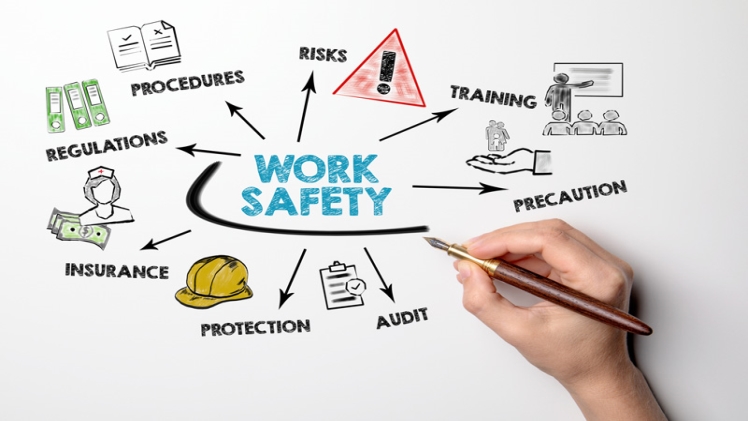Providing a safe workplace environment is a moral and legal responsibility of the employers. The working conditions should be free of known dangers. Therefore, it is critical to keep safety as your top priority. Employers must provide a safe working environment, safety equipment, policies, and procedures to ensure the health and safety of the workers.
Safety Professionals
Safety professionals can help achieve secure workplaces. They ensure that there are no potential risks in the workplace. They also put in the effort to prevent workplace accidents and injuries. They analyse the workplace environment and come up with ways to improve safety in the facility. It is often required that the health and safety workers hold appropriate NEBOSH qualifications. NEBOSH in Lahore Pakistan lets you take the desired NEBOSH course for career progression.
Significance of Workplace Safety
A hazard-free working environment is a productive one. When the workers stress less over their well-being, they can perform their jobs efficiently. Safe offices have higher employees’ retention rates. The working staff appreciates safe working places and is loyal to such companies. Workplace accidents cause personnel to quit hence decreasing the retention rates. Another benefit that a safe and secure workplace serve is the credible reputation of the company. People are more inclined to work in an organization that pays attention to their security and takes necessary actions regarding it. In comparison, a company or office with a reputation for an unsafe work environment suffers greatly.
Methods of Ensuring Safety in Workplaces
Well-being of workplaces must never be neglected. Therefore, safety practices must be adopted to ensure a sound workspace.
Monitoring the Potential Risks and Finding Workplace Dangers
In creating a safe working environment, identifying the safety issues is the initial step. It will help if you look for safety hazards like mechanical issues, risky chemicals, dangerous electric equipment. Some workplaces may have risks of falling and weather or restricted visibility-related hazards.
Creating Safety Strategies and Implementing Them
After identifying all the risks and problems, comes the step of defining safety policies and procedures. The safety guidelines incorporate the risks and advise employees on how to prevent possible accidents. Safety handbooks should be issued to employees. Also, safety gears such as personal protective equipment or also known as PPE, must be provided for the safety of employees. If handling big machineries such as sandblasting equipment, companies should provide specialized gears such as a blast suit. After providing the guidelines, it is necessary to implement them. Employers should continuously advise and encourage the workers to follow safety protocols.
Giving Proper Safety Training to Workers
Training is an essential part of safety programs to shield workers from accidents. Lack of information on proper work procedures causes great risks. Employers should train the workers to operate the machinery used in their line of work safely. Only certified employees should operate heavy machinery. Proper training reduces the risks of mishaps.

